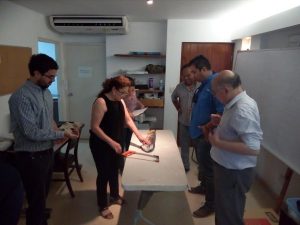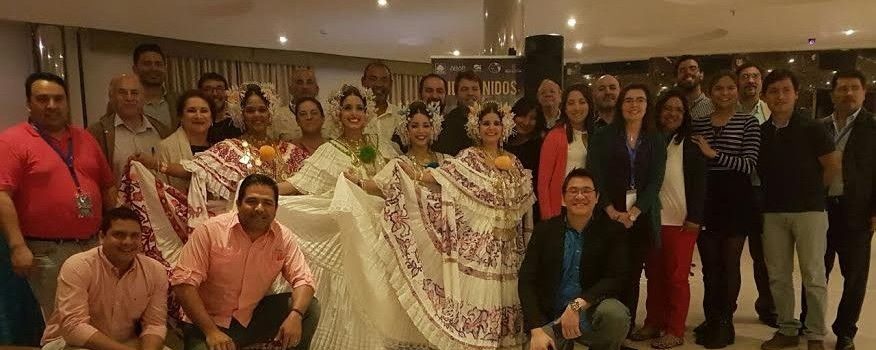IFOP researchers participate in technical meeting on dolphinfish specie in Panama
November 23rd, 2016
In Panama City, the Third Technical Meeting on dolphinfish was held; this was organized by the Inter-American Tropical Tuna Commission (CIAT in Spanish). For this meeting, the CIAT extended an invitation for Chilean researchers to participate: Patricio Barría and Francisco Contreras of Instituto de Fomento Pesquero.
Francisco Contreras, researcher of Instituto de Fomento Pesquero (IFOP) explained that “the CIAT has carried out three technical meetings on dolphinfish in the region, which have had a great call between the member countries and an important success in establishing the collaborative research forum required to work on the gold fish at regional level of the Eastern Pacific Ocean (EPO).
This collaborative work also had two important scientific results: the first was the evaluation of the integrated dolphinfish population in the EPO, and an exploratory management strategy assessment (MSE) of dolphinfish.
The integrated population assessment focused exclusively on the southern EPO, the developed model incorporates the biological and fisheries information of the fleets of Peru and Ecuador, countries that capture 90% of dolphinfish in the EPO and have a large amount of data.”
Patricio Barría, IFOP researcher, added: “In this sense, the third technical meeting on dorado focused on the analysis of the results of the evaluation and prioritization of data collection requirements. As well as tools for the development and evaluation of stock status indicators, which can provide scientific information needed for management in countries with limited data.
In addition, the potential use of a dolphinfish management strategy evaluation framework in the southern EPO was discussed, to explore the consequence of choosing sources of data and indicators in cases with limited data, and the possibility of reaching the conservation objectives required. There are areas of the EPO where there is virtually no data, although dolphinfish catch is important for the economic income of local fishing communities, particularly in Central American countries. For these fisheries, there is an urgent need for methodologies and / or stock status indicators as a basis for the management of this important resource.”
“The participation of Chile in this technical meeting, allowed contributing in the knowledge of the resource at regional level. In addition to establishing research networks and increasing collaborative work with scientists in the areas of stock assessment, population unit studies, life history parameters (age and reproduction), population indicators, fishery independent indicators, environmental aspects, among other subjects related to the resource. It is worth mentioning that there is special interest in incorporating information from Chile, although catches represent less than 1%, but the monitoring of our northern zone fishery has a good coverage and quality of the data, which have allowed us to obtain spatial patterns and temporary characteristics and describe that our fishing zones correspond to the southern limit of its geographical distribution and constitute spawning areas of dolphinfish ” concluded Barría.
